Another in our series of new transcriptions of contemporary articles on the Leo Frank case.
Atlanta Georgian
July 25th, 1913
Despite Judge’s Statement All Is In Readiness, Move for Postponement Is Expected.
Despite the fact that Superior Judge L. S. Roan stated everything was in readiness for the trial of Leo M. Frank next Monday, that State’s Attorney Hugh M. Dorsey has announced he will fight a delay, and that the defense actually commenced summoning witnesses, the impression still prevailed Friday that a motion for continuance would be made by the defense when the case is opened.
Attorneys Luther Rosser and Reuben R. Arnold, declined flatly to say whether they would permit the trial to proceed without introducing some motion for a postponement, and the report was that witnesses had been summoned to be on the safe side in the event a request to put off the trial is refused.
Continue Reading →
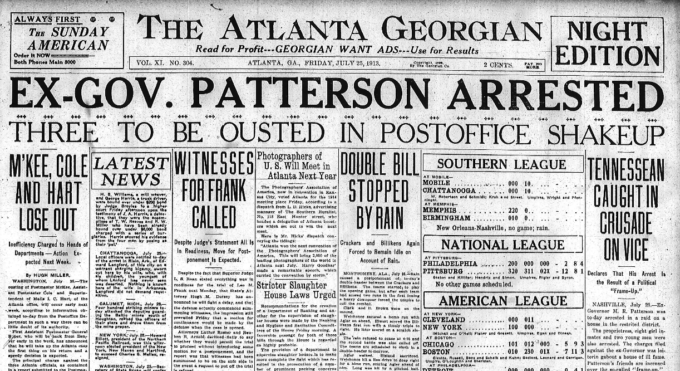


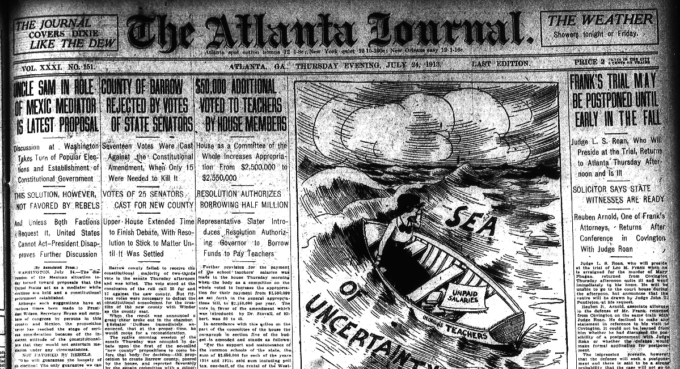
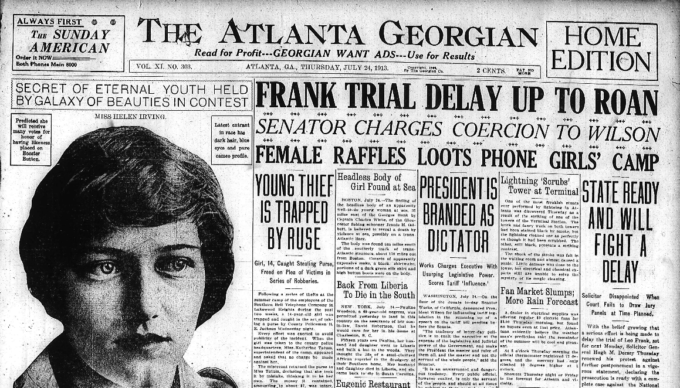
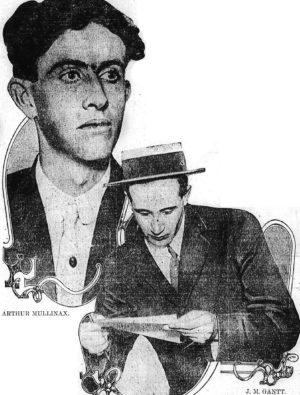
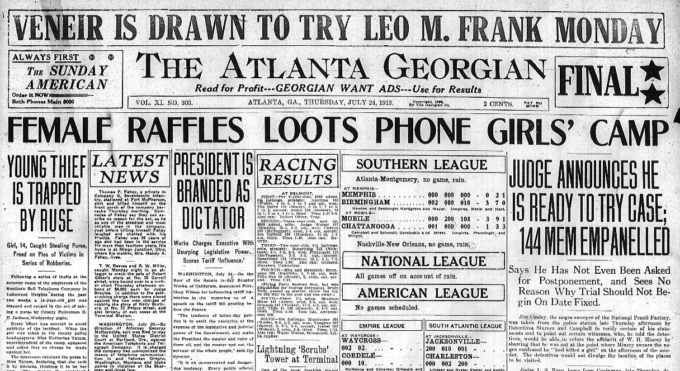


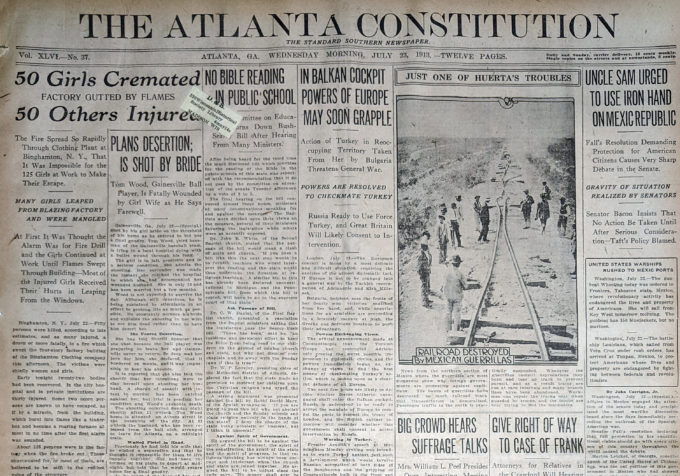
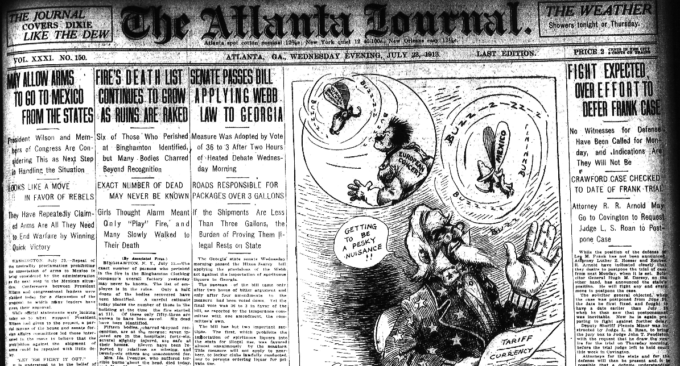

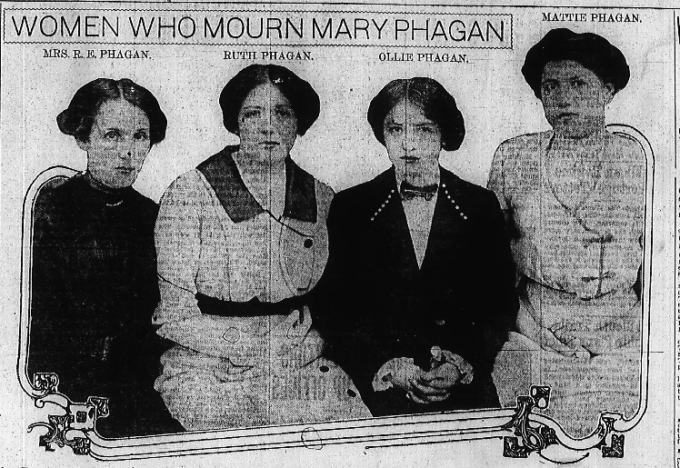


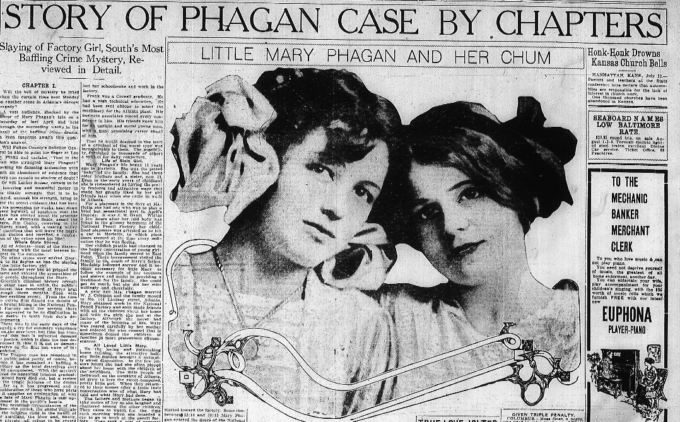
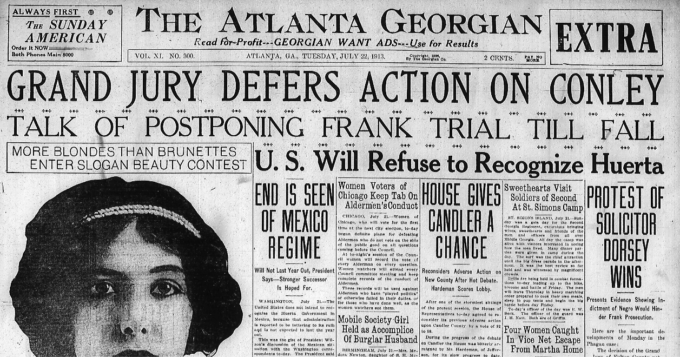
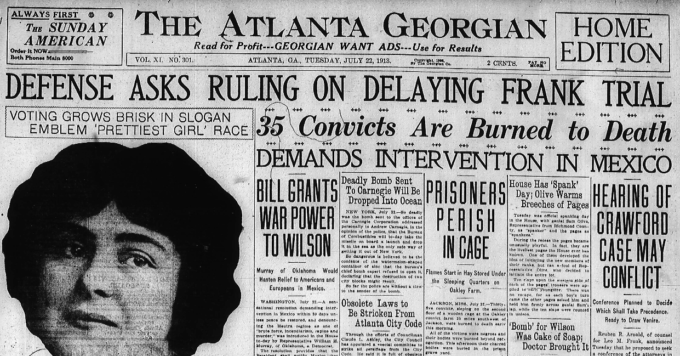

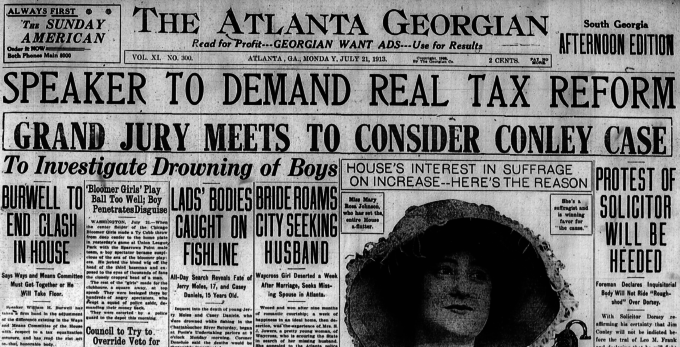 Another in
Another in